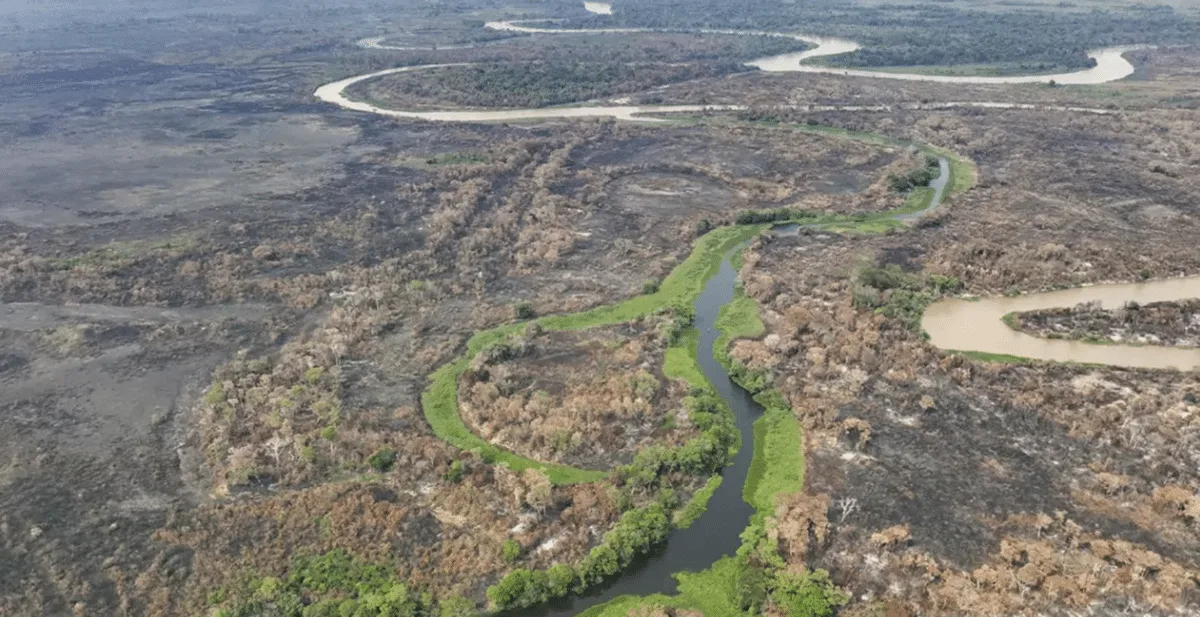Over 170,000 jaguars are roaming this planet, of which around half reside in Pantanal, a wetland so vast that it stretches over Brazil, Bolivia, and Paraguay; 42 million acres of lush vegetation and abundant wildlife, making the world’s largest wetland bigger than 29 US states, including New York and Florida.
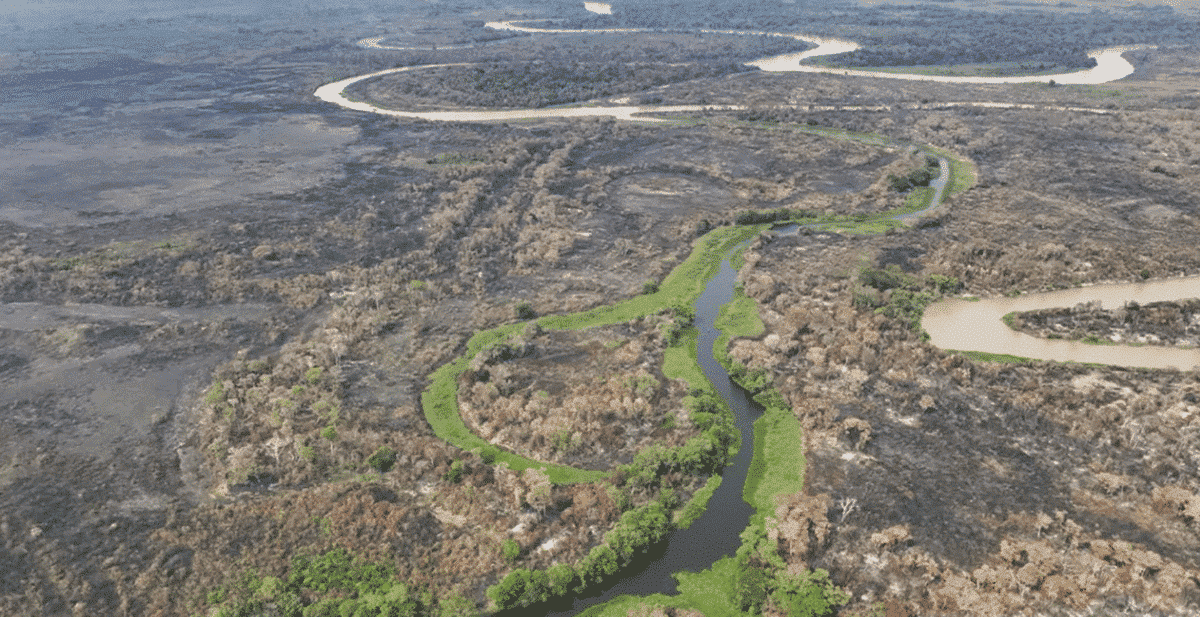
Along with hosting the highest density of jaguars and crocodiles worldwide, there are 10 million caimans, anacondas, howler monkeys, and Hyacinth Macaws, the largest species of parrots. Hypothetically, if you went trekking through the heart of Pantanal, there’s a slim chance you’d make it out alive – it makes the Amazon look like an inviting playground.
Home to some of the world’s most beautiful, enigmatic, and deadliest animals, it’s a lifeline for many. However, with more than 3,000 blazes reported in the first half of November, the most in 21 years, this vital artery, which provides aid for millions of animals, is under threat from infernos, devouring an alarming amount of kilometers of prime jungle in its path, with no ending in sight.
Untouched nature is hard to come by; no workforce has dared to excavate Pantanal. But, mother nature will.
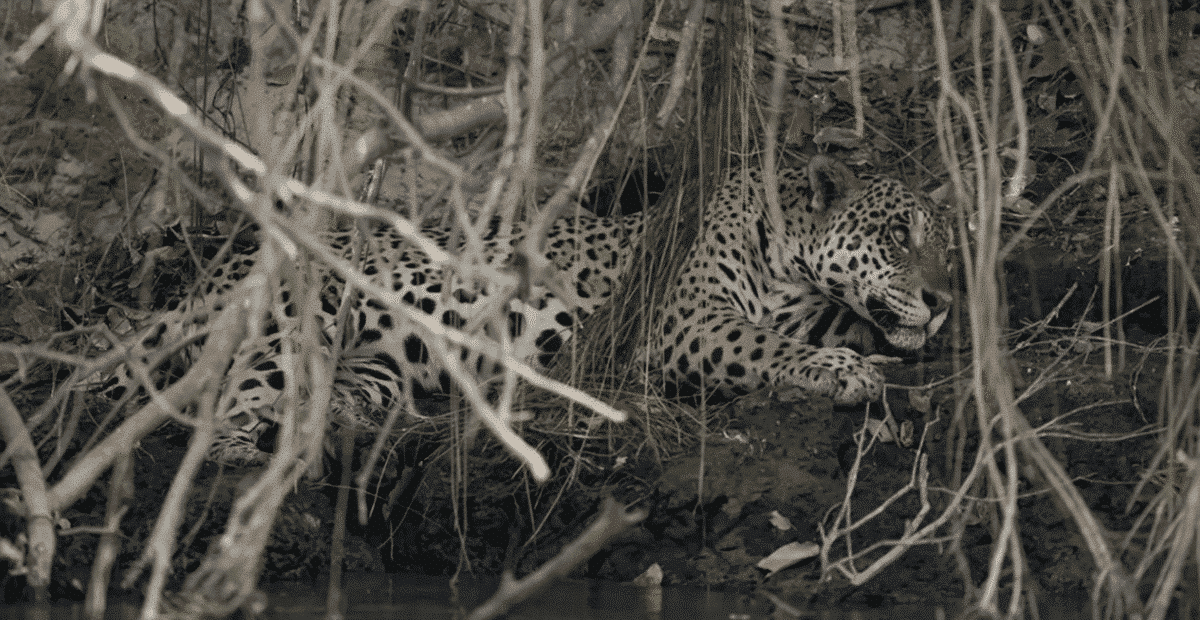
Spread across an area larger than many countries, the Pantanal stands as one of the last bastions of untouched nature in a world increasingly shaped by human influence. This sprawling wetland is a mosaic of lush forests, winding waterways, and expansive floodplains, providing a haven for an astonishing array of plant and animal species.
However, the Pantanal is not immune to the impacts of global climate patterns, and currently, it finds itself facing the consequences of a changing climate. Normally, this time of year would usher in the rainy season, a period crucial for the Pantanal’s ecological balance. However, the influence of El Niño has disrupted these weather patterns, altering the region’s climate.
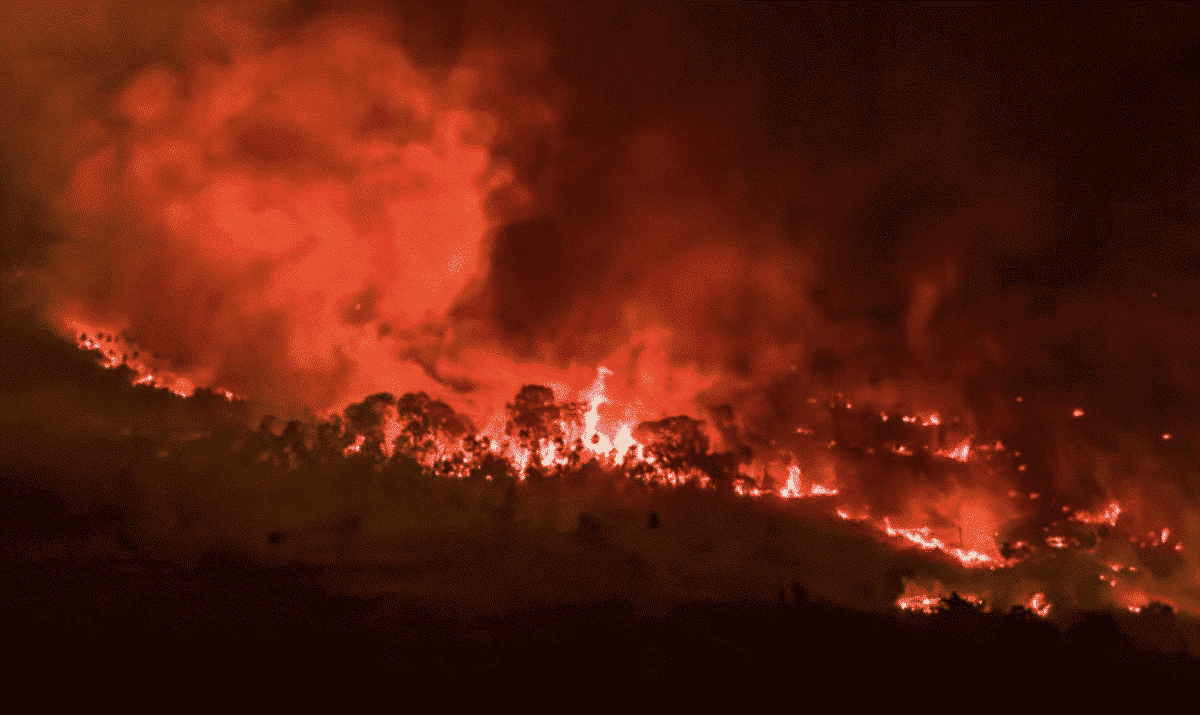
El Niño, characterized by the warming of sea surface temperatures in the central and eastern equatorial Pacific, has a cascading effect on global weather systems. In the Pantanal, this translates into delayed or disrupted rainfall, disrupting the delicate balance that sustains this unique ecosystem. The absence of the expected rainy season poses a threat to the Pantanal’s wildlife, as many species depend on the seasonal flooding to reproduce, feed, and thrive.
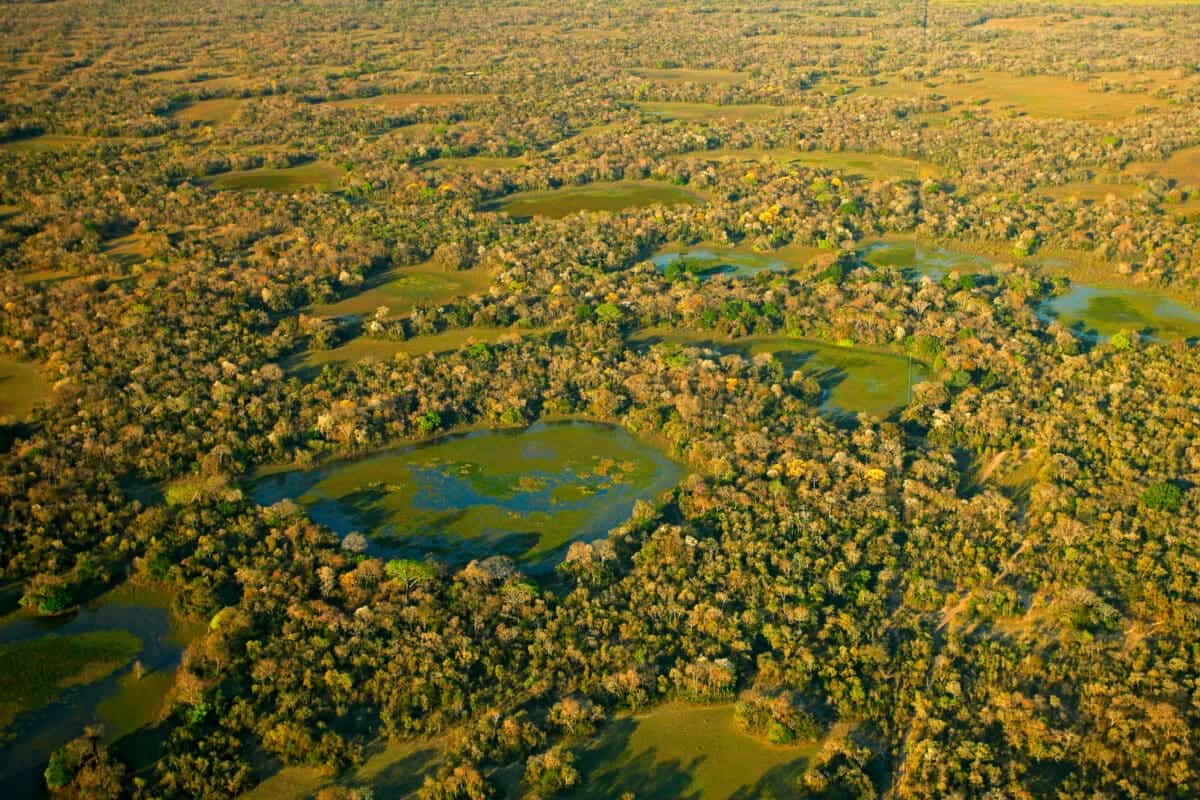
The repercussions of El Niño on the Pantanal extend beyond the immediate challenges of altered weather patterns. The combination of diminished water levels and increased fire risk paints a precarious picture for the Pantanal’s future, which can cause a negative domino effect to the landscapes jaguars, crocodiles, and other animals that call this mesmeric place home.
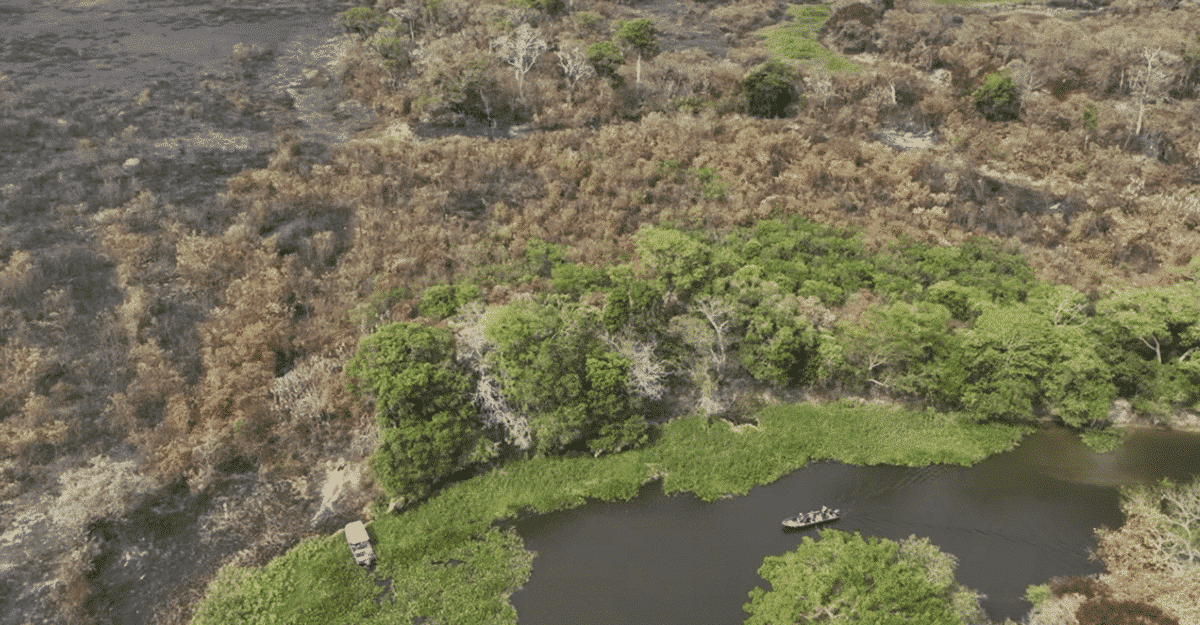
Join our Forum for free today!

- Second American Killed by Elephant in Zambia This Year - July 22, 2024
- Elderly Man Kills Grizzly Bear in Montana - July 22, 2024
- Missing Cat Found Weeks Later, 40 Miles Away - July 21, 2024

